==================
A Caveat and Affiliates
First off, a little caveat: within my articles you will find affiliate links, meaning if you buy them, I get a small commission. Your cost is not affected. In addition, I am an Amazon Associate and I earn from qualifying purchases on Amazon.
And yes, if I say that I recommend a product here, it means I truly believe it is a good product. I refuse to recommend any product that I have not researched and believe to be a good value.
Even better, I provide you with a very clear picture of the product, it’s use, and the probable value.
Earning your trust is important to me. I run this website myself and the commissions and donations help support the site.
Sound reasonable and fair enough? Let’s continue to the article.
==================
Are Raised Beds Better for Gardening?
Raised beds are better for gardening and recommended for growing a wide range of herbs, vegetables, and climbing fruits. They are also great for growing ornamental and flowering plants. You have control over the type of soil to use, which depends on the plants you want to grow and raise. So, if you want the plants to utilize the fertilized soil effectively, then raised beds are better for your gardening project. Also, they are easier on the gardener’s back as he doesn’t have to bend so low when tending the plants.

Why are raised garden beds better for growing varieties of plants?
Using raised beds is a targeted gardening technique where you lift the soil from the ground and surround it with an enclosure. You can enclose the raised beds with wood, rock, or concrete. The enclosure materials go in different shapes and sizes depending on the area of your garden. Then, you can add compost or potting mix to the raised structure to enrich the soil. Simply, raised beds are containers full of fertilized soil that plants utilize for growth.
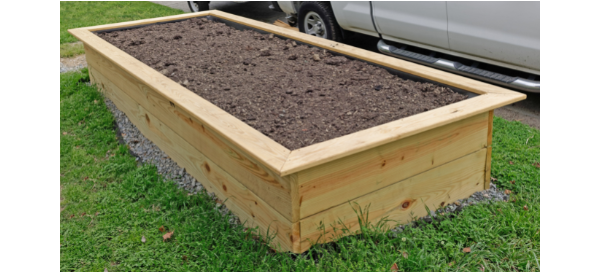
Before starting your gardening project, it’s best to check out ways to maximize your production within a specific budget. Planning well before embarking on your project lets you focus on your goal. With a raised garden bed, you have control over a lot of factors. Therefore, you can manage your gardening project successfully when growing and harvesting. Indeed, you want a healthy and productive garden, so all your efforts will be worth it.
Reasons they are ideal for gardening
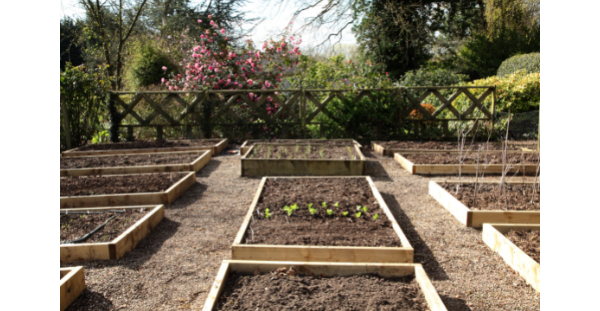
Another term for a raised bed is a garden box or plant box. First, you need to choose the materials compatible with your garden. You may visit an Agri store or buy materials online such as plant boxes, seeds or seedlings, compost, fertilizer, potting mix, fungicides, or pesticides. Then you plan for the layout or spatial distribution, drainage system, and plant care approach. You can do the following:
1. Choose the proper raised bed type for your gardening needs
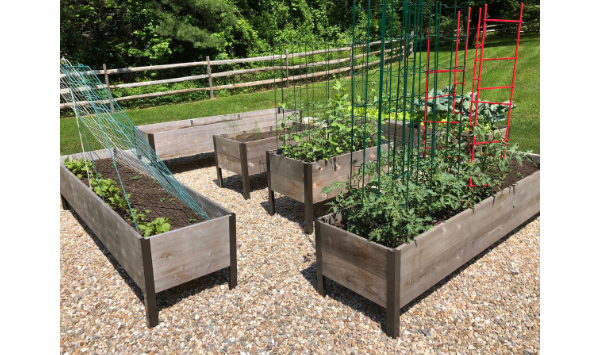
Raised beds are popular because they are convenient. After all, you can put them anywhere you want, whether in your front yard or backyard. You can find a lot of styles and shapes from the market when choosing your garden plant boxes. But how to buy the best quality raised garden beds? You need to consider four factors – materials, size and shape, ease of assembly, and unique features.
-
Materials
Materials for raised garden beds are traditionally rot-resistant wood like cedar and fir. You can also have woven willow and plastic aside from stone and concrete. But for your vegetable garden, you must use a food-safe materials to avoid toxic chemicals from leaching into the soil.
-
Size and shape
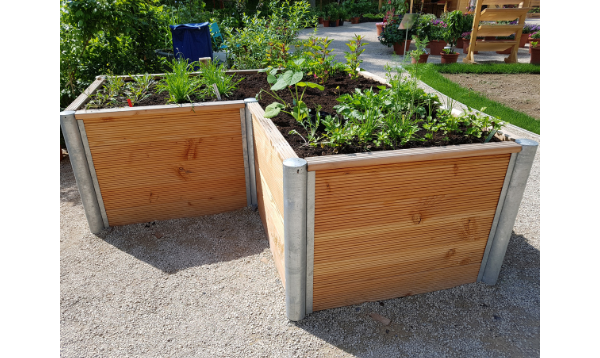
Size and shape depend on the limitations of your area. The area of your garden limits the length of your raised garden beds. On the other hand, how far you can reach determines the width. Let the size and shape of your raised garden beds be proportionate to the area of your garden. Further, the bed shape varies from round, oval, rectangular, or square.
-
Ease of assembly
Ease of assembly is important because it entails the amount of work you can provide. When you build from scratch, you need to shop for materials and hire a professional unless you are a Do-It-Yourself enthusiast. So, it requires time and additional expense. On the other hand, if you buy raised garden bed kits, you only have to assemble them, a practical and economical choice.
-
Unique features
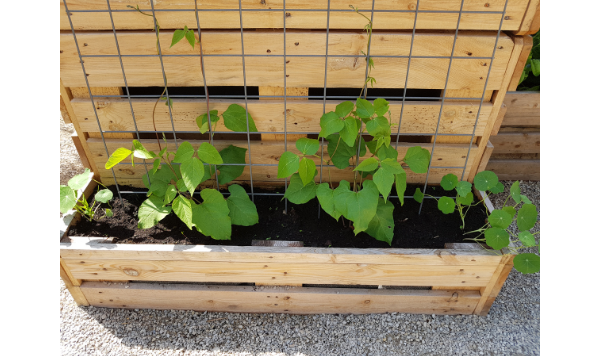
Unique features include wheels, built-in trellises, storage shelves, legs to elevate the beds, or a built-in drainage system. You can enjoy these features of plant boxes that you may need for convenience and efficiency.
There are four basic types of raised beds for gardening:
- The raised ground bed has no support frame, just a raised soil of six to eight inches in height. It is best for large areas with a minimal budget.
- The supported raised bed has a frame around it to keep the soil in place. It is best for an uneven yard.
- The Containerized raised bed is versatile because you can put it on your lawns, patio, decks, or walkways. It has a taller side reaching a height of 10 inches or more. The downside is you need to fill it with more soil, but the advantage of accessibility outweighs the cost.
- The elevated raised bed is best for those with mobility issues. Its growing area comes up to a comfortable level when standing, so it is easy to harvest your herbs or vegetables.
2. Select plant varieties according to companion planting

What vegetables go together in raised garden beds? Onions, garlic, and tomatoes can be grown together in one raised bed. These three work closely to prevent common pests such as snails and slugs. When you add basil, it can improve the yield of tomatoes if planted about one foot apart. Also, you can control maggots from attacking cabbages if you plant them with radishes and marigolds.
Carrots go with beans, lettuce, onions, peas, peppers, and tomatoes, but not with dill. Add chives to improve its flavor and rosemary to prevent carrot flies. Asparagus is friends with basil, carrots, coriander, dill, marigolds, parsley, and tomatoes but not with garlic, onions, and potatoes. Marigolds, parsley, and tomatoes protect the asparagus from beetles. So you can use raised garden beds to grow these vegetables in groups following the companion planting.
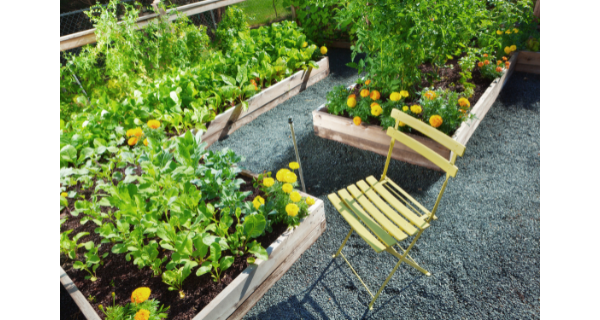
Raised garden beds are better for gardening using companion planting. That means you select the plants that are “friends” or compatible with each other. That minimizes or prevents those with unfavorable effects. When growing plants that go well together in one raised garden bed, they give support to one another. As a result, plants have better health, optimize soil nutrients, and prevent pests and weeds from growing. So, raised garden beds are better for growing companion plants.
3. Maintain soil quality favorable for plant growth

Raised beds for gardening are better for maintaining soil quality. How? First, it prevents soil compaction. Since you have elevated garden beds, humans and animals cannot step on them, so the soil remains light and porous. It is beneficial for the plants’ root system in absorbing nutrients from the ground. Better nutrient absorption means your plants reach their optimal growth and nutritional content.
Next, raised garden beds are better for keeping soil temperature favorable for plant growth. Putting a cover over them increases the temperature faster in the spring, then you can plant your seeds early in the season. You will enjoy an extended period of harvesting till fall and may go to early winter by keeping the cover to protect the plants from frost. Also, the more effective drainage system of raised garden beds increases soil temperature faster than the traditional in-ground garden.

You can improve soil quality by adding compost or fertilizer. Raised garden beds have enclosures to contain enriched soil. Further, you can nourish your plants according to their needs, so using raised beds is like targeted gardening. By providing specific nutrients to your plants, you help them grow optimally. As a result, you maximize your yield and provide a nutritious diet for the family.
The four basic types of raised beds for gardening

Raised Ground Garden Bed
1 | The Raised Ground Bed
It has no support frame on the sides to contain the soil, just a raised or mound of soil about 6/six to 8/eight inches high. It is commonly used as an option for large areas with a minimal budget. In fact, there are home gardens and vegetable farms that have opted for a raised garden bed.

Beds with onions and lettuce
Advantages:
- a wider and deeper expanse of loose soil for roots to grow and explore for nutrients
- the growing surface that is elevated and so may be easier to reach for some
- can be created or set up that takes less effort and amount of expense
- lowers the possibility of toxic substances coming from framing materials
Disadvantages:
- Doesn’t last as long as walled raised garden beds because in time erosion will set in. Then it will settle back to the level of the untouched soil that surrounds it.
- Weeds can reach/infest and grow in the mounded bed due to the lack of walls to contain and separate them from the ground soil
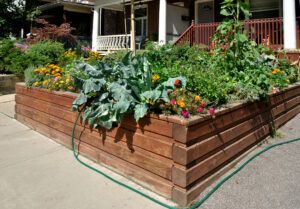
Gorgeous wooden raised bed in the front yard
2 | The Supported Raised Bed
This garden bed has a frame around it to keep the soil in place. It The frame or sidings could be wood, metal, or masonry such as brick or natural stone. However, there is no bottom so an appropriate garden soil could fill it up. And if the existing soil or earth is good, it could be used instead. It is best for an uneven yard.

Raised garden with organic vegetables
Advantages:
- A wide choice of side frames could be used as mentioned above. The frame around the bed can be made of materials like wood, concrete, stone, metal, and other suitable sidings
- Can keep and enhance the beautiful rolling terrain of the property
- The elevation or height of the raised bed can be suitable enough to not be significantly uncomfortable when tending the garden
Disadvantages:
- Since it has no side containments, in time the raised bed’s sides would undergo gradual soil erosion/be eroded
- May have limitations in the width of the raised garden for all the plants to be reachable without having to step within the mound. Ideally, it should be 4 feet wide only for the plot to be reached on both sides. Think of a rectangular-shaped raised bed.
- Limitation in available space when several raised beds are needed in a small garden area.
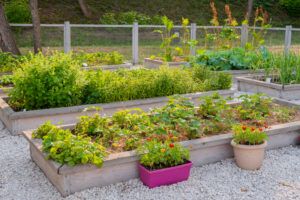
Vegetables and flowers in containerized bed boxes
3 | The Containerized Raised Bed
This is a versatile raised bed because you can put it on your lawns, patio, decks, or walkways. It has taller sides that can reach a height of 10 inches or more. Imagine the elevated raised garden bed without the legs. Without them, it becomes a containerized raised bed.
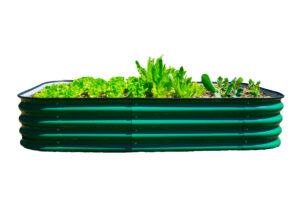
Green metal containerized garden bed
Advantages:
- Accessibility outweighs the cost
- 10-inch sides allow more depth for the soil for roots to grow
- Can keep moisture better
Disadvantages:
- Needs to be filled with more soil
- May make the garden look and feel cramped in spite of being in an open area.

A simple, straightforward elevated raised garden bed made of wood
4 | The Elevated Raised Bed
The elevated raised bed is best for those with mobility issues. Its growing area comes up to a comfortable level when standing, so it is easy to harvest your herbs or vegetables. The containerized raised garden bed when equipped with 4 legs or more becomes an elevated raised bed.
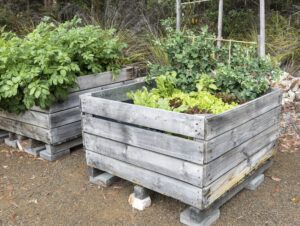
Lettuces and potato plants grow in elevated wooden garden beds or boxes
Advantages:
- The advantages above make gardening a pleasant gardening experience for anyone, even for folks with mobility problems
- Time spent in gardening may be shorter/lesser because of the comfort and ease it provides
- Can look great when combined with a few supported raised beds and containerized raised beds, especially when properly laid out or arranged in a spacious yard.
- The design of elevated raised beds can be personalized or designed in a way according to the kinds of plants it contains.
Disadvantages:
- Some materials used in constructing the elevated raised bed may not be good for the ideal growing environment for the plants.
- It may sometimes look stodgy or dull and uninspired when haphazardly made
Final Thoughts

Why are raised beds better for gardening? First, they give your garden an attractive layout. There is a proper walkway going to every bed. And they look beautiful when your plants are all in bloom. Aside from aesthetics, raised garden beds are convenient, flexible, and adjustable for gardening. You can achieve optimal plant growth because you can control the soil quality, variety of plants, and type of raised beds to use. Even if you have mobility issues, this alternative way of gardening will let you grow vegetables, herbs, soft fruits, and flowering or ornamental plants.
Read More:

